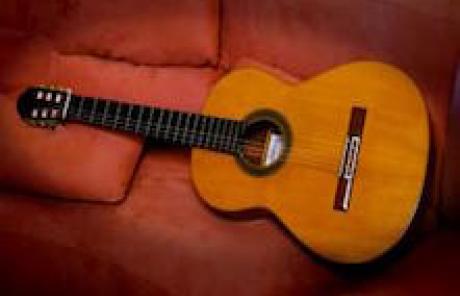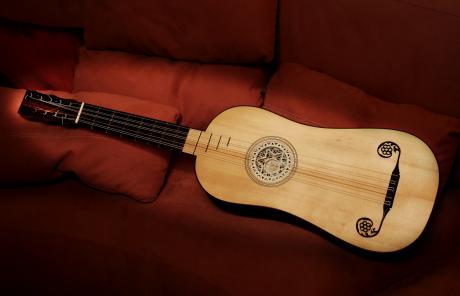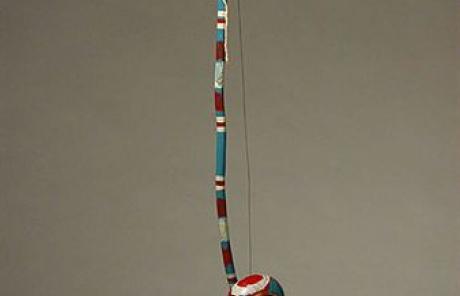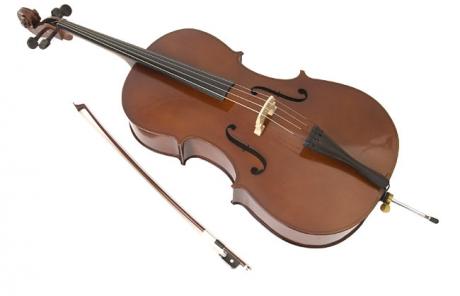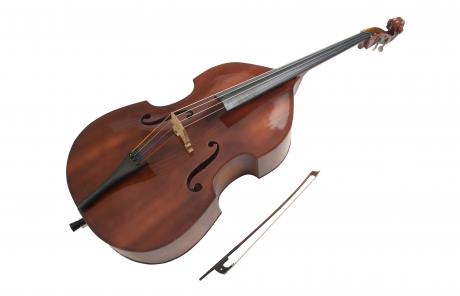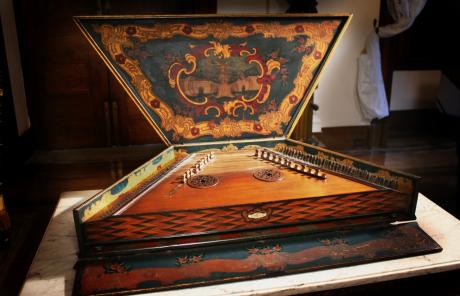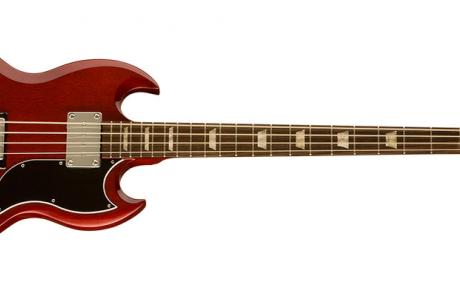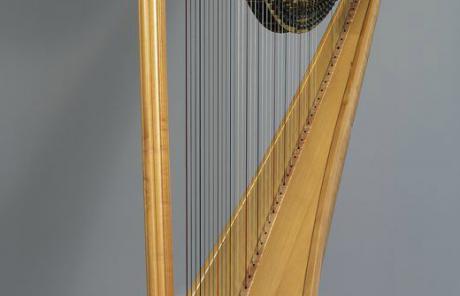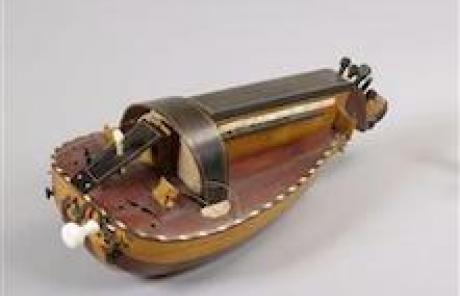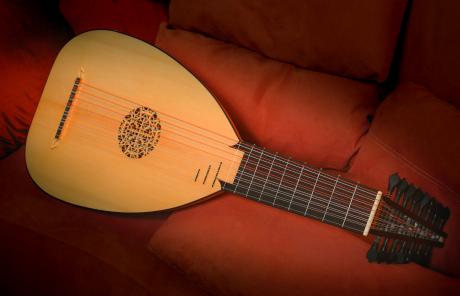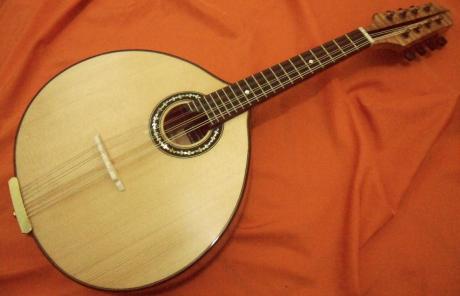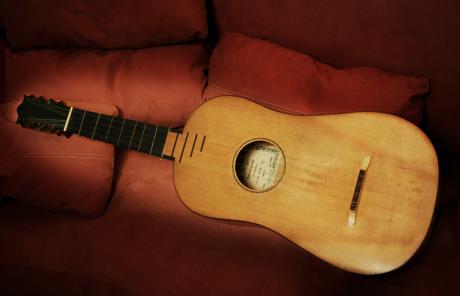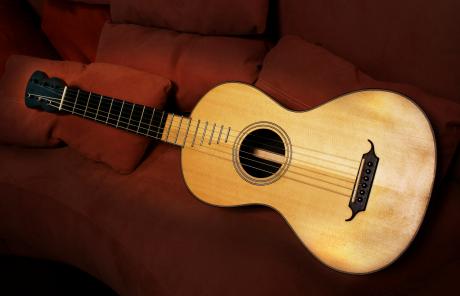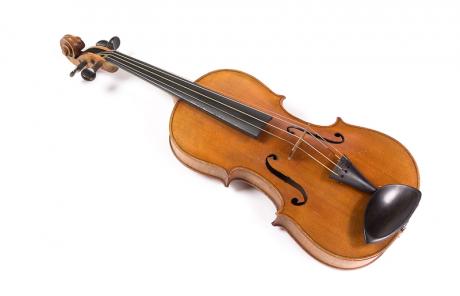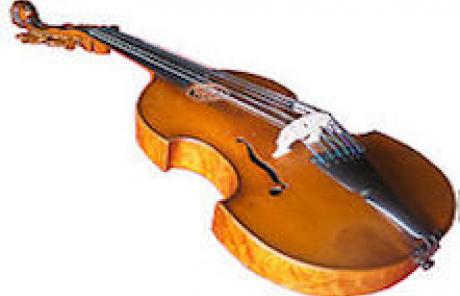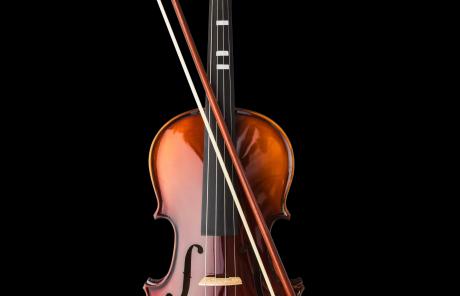Strings
String musical instruments are those whose sound is produced by the vibration of a string attached to its ends. The longer, less tensioned and denser the string, the deeper the sound emitted and vice versa. The number of strings in the instruments of this family varies a lot, being able to have one, like the berimbau, or more than forty, like the harp.
A bit of history
Strings have been used in music for thousand years, being present in the Greek, Roman and Eastern civilizations.
The instruments belonging to this family are very diversified and can be played in many different ways. They are used in solo performances, chamber music ensembles and orchestras, among others. The most famous instrument of this family is the violin, considered one of the most important in the occidental music.
How do they work?
There are three main techniques used to produce string's vibration: plucking, striking and bowing.
Plucked string instruments
The sound is produced from the vibration created by the string after it is plucked with fingers or some plastic plectra.
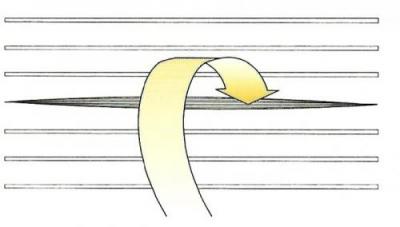
Plucked string instruments being played
Bowed string instruments
The sound is emitted through strings set in vibration by means of a bow, which consists of a rod that keeps a bundle of animal hair tensioned, which is rubbed against the strings.
The examples of this family are formed by an hourglass-shaped wooden body that has 2 holes in the shape of an “f” on its top, a fretless neck and 4 strings. The biggest difference between them is the size which, consequently, directly influences the sound they produce.
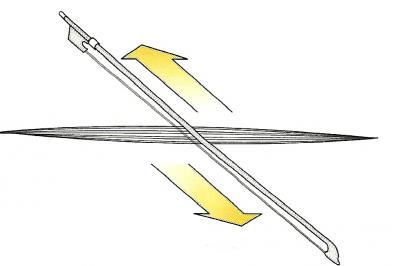
Bowed string instrument being played
Striked string instruments
The sound is produced by vibrating strings when some mecanism strikes its.

Striked string instruments being played

